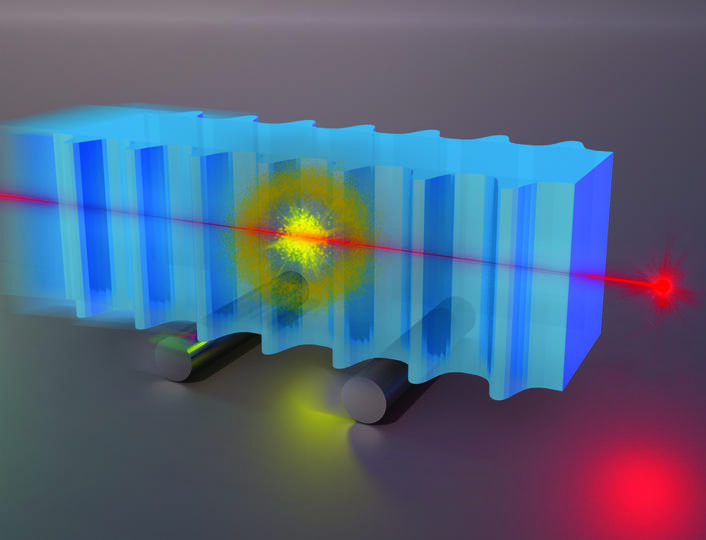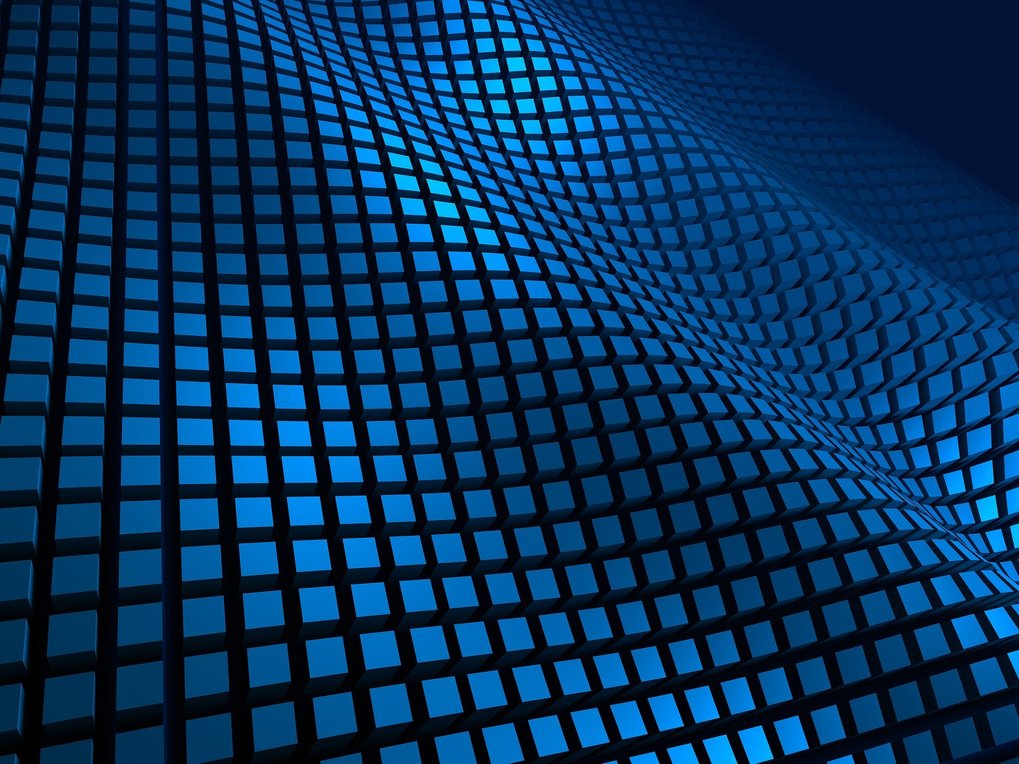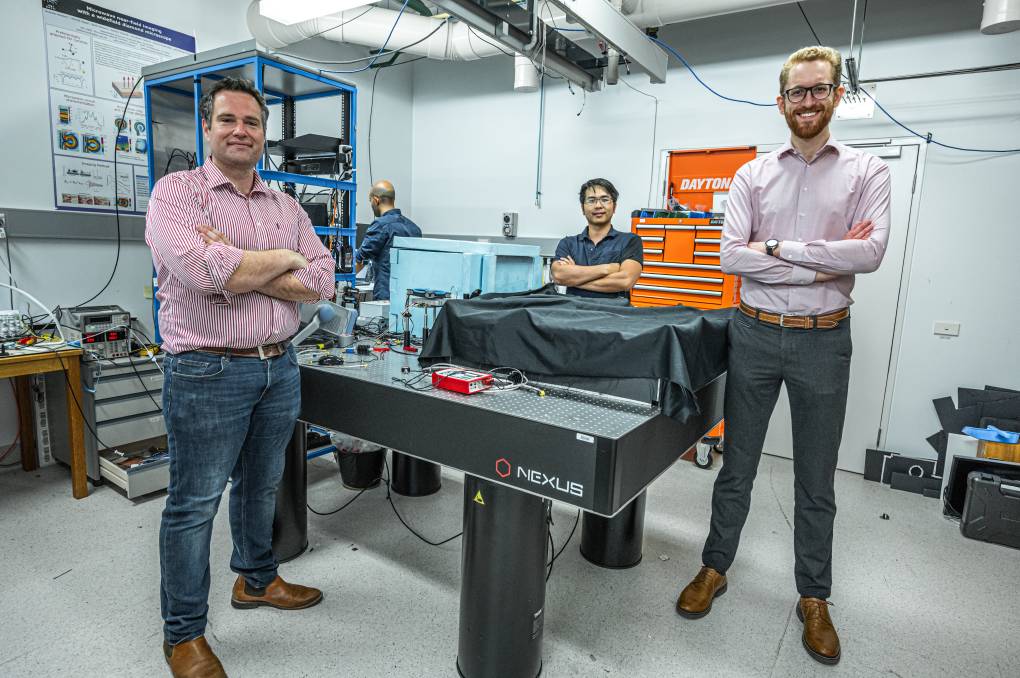Since the beginning of quantum physics, how light moves and interacts with matter around it has mostly been described and understood mathematically through the lens of its energy. In 1900, Max Planck used energy to explain how light is emitted by heated objects, a seminal study in the foundation of quantum mechanics. In 1905, Albert Einstein used energy when he introduced the concept of photon.
But light has another, equally important quality known as momentum. And, as it turns out, when you take momentum away, light starts behaving in really interesting ways.
An international team of physicists led by the Harvard School of Engineering and Applied Sciences (SEAS) are re-examining the foundations of quantum physics from the perspective of momentum and exploring what happens when the momentum of light is reduced to zero.
Any object with mass and velocity has momentum — from atoms to bullets to asteroids — and momentum can be transferred from one object to another. A gun recoils when a bullet is fired because the momentum of the bullet is transferred to the gun. At the microscopic scale, an atom recoils when it emits light because of the acquired momentum of the photon. Atomic recoil, first described by Einstein when he was writing the quantum theory of radiation, is a fundamental phenomenon which governs light emission.
But a century after Planck and Einstein, a new class of metamaterials is raising questions regarding these fundamental phenomena. These metamaterials have a refractive index close to zero, meaning that when light travels through them, it doesn’t travel like a wave in phases of crests and troughs. Instead, the wave is stretched out to infinity, creating a constant phase. When that happens, many of the typical processes of quantum mechanics disappear, including atomic recoil.
Why? It all goes back to momentum. In these so-called near-zero index materials, the wave momentum of light becomes zero and when the wave momentum is zero, odd things happen. (ScienceDaily)
The research has been published in Nature Light Science & Applications.



